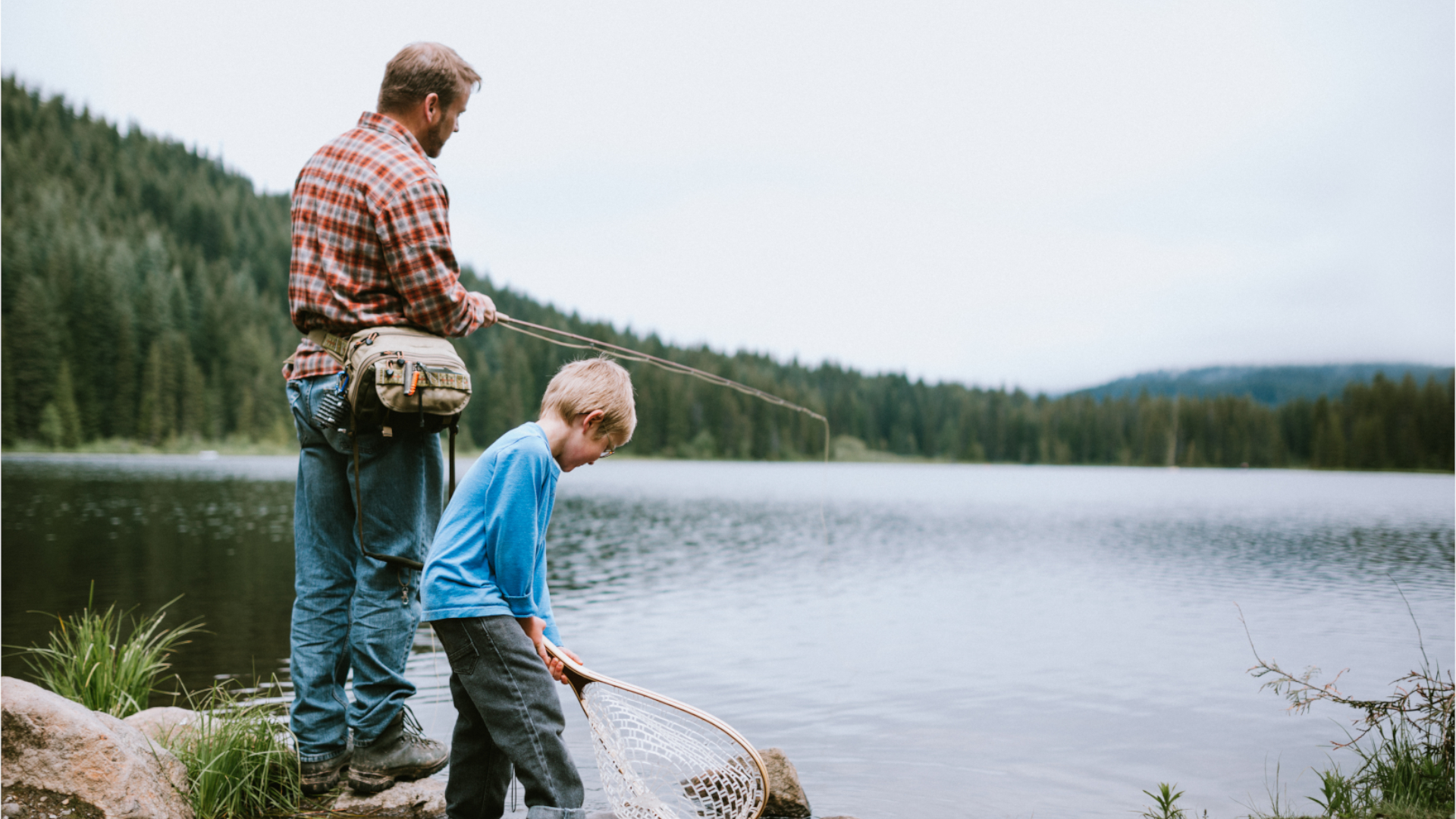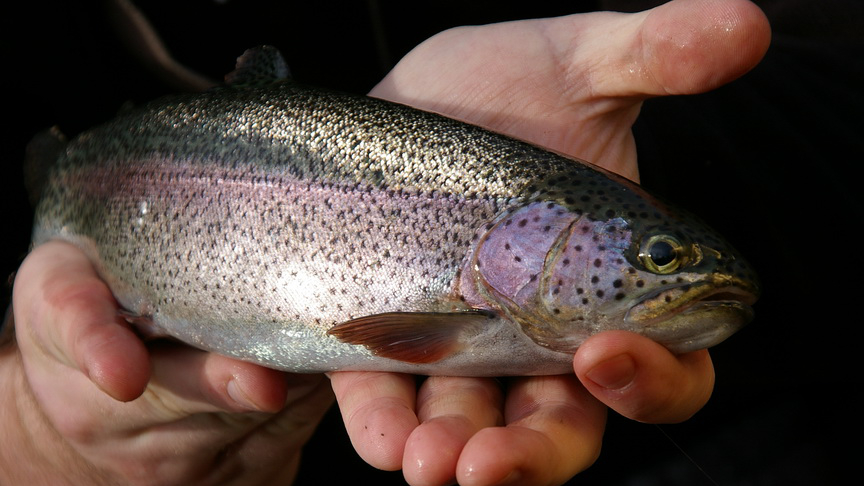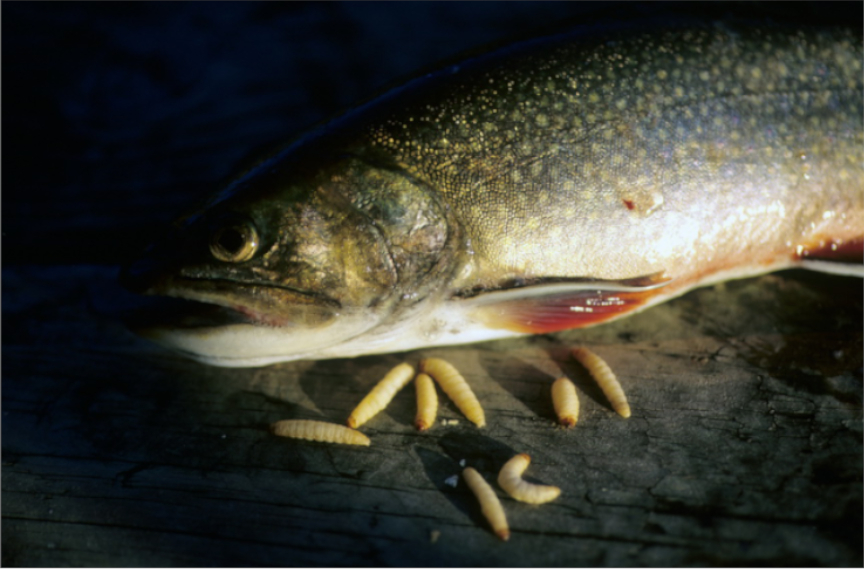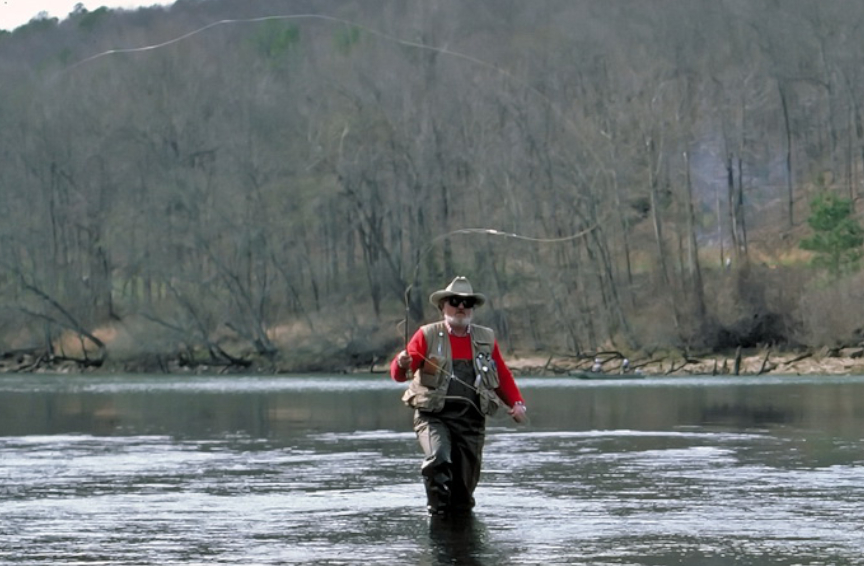How to catch trout: our expert guide to landing a favorite fish
We love this feisty fish and never tire of perfecting how to catch trout. Here's our expert guide to landing the slippery king of small game fishing

It's one of the first questions every new angler asks – how to catch trout. Trout are simply one of the most fun small game fish to land. There are five major species –rainbows, browns, brook trout, cutthroats and lake trout – swimming in the waters around the United States. Six other species – Arctic char, bull trout, Dolly Varden, Gila trout and golden trout – live in localized areas.
Together, these cold-water denizens are among the most popular North American sport fish. Anglers treasure them because they are abundant, widespread, naturally elusive, great fighters and good to eat. The waters in which they can be caught vary greatly – everything from tiny mountain brooks and alpine lakes to coastal streams, urban ponds and high desert rivers.
If fishing for trout is something you’re interested in, you’re in luck because we’ve put together this comprehensive guide containing everything you need to know about targeting this amazing fish species on rod and line.
Regulations and information
Before planning your fishing trip, visit the Association of Fish & Wildlife Agencies website and click the link for the state or province where you plan to fish. All the agencies listed have websites with important regulations and licensing information you’ll need to know.
For example, fisheries managers often impose minimum length limits, slot limits and catch-and-release laws that allow trout to live longer and grow larger. You’ll need to know if that’s the case. Bait and tackle restrictions are common, too, such as waters where only artificial lures with barbless hooks are allowed. Know before you go.
These websites also provide descriptions of prime trout-fishing waters, interactive maps, locations of fishing piers, bank-fishing areas and boat ramps, weekly fishing reports, fish identification aids, fishing tips, and much more.

Tackle
Almost any tackle can be used for trout fishing if the hook isn’t too large. But anglers who land the most fish usually employ the lightest practical components. Fine line, inconspicuous terminal tackle and tiny baits or lures help overcome the trout’s wary nature. Light or ultralight rods and reels compound the excitement of playing fish.
Advnture Newsletter
All the latest inspiration, tips and guides to help you plan your next Advnture!
An ultralight spinning or spincast outfit loaded with 2-8lb/0.9-3.6kg monofilament line and a 6-8ft/1.8-2.4m light-rated rod makes a good beginner’s combo. Fly fishing tackle, where you use a weighted line and specialist rod to propel a small insect or bait imitation lure, has become extremely popular as well. A nice trout puts up a great fight on a light fly rod.
- Stay dry on your trout fishing expedition with the best waterproof jackets
- Cook up a storm on the bank with the best camping stoves

Baits and lures
What’s the best bait or best lure for trout? That depends on many factors, including weather, water conditions, season, the tackle you prefer using, whether you’re fishing from the bank or a boat (or wading), and which body of water you visit.
Natural baits are especially important in water with little clarity and when night fishing. Under these conditions, trout have trouble detecting lures but can smell and find live worms, crawfish, minnows and other baitfish, insect larvae such as waxworms and hellgrammites, and other baits fished on the bottom or around vegetation.
Natural baits also work well in heavily fished streams where super-wary trout closely inspect every potential food item. Fish may recognize artificials as fake but properly presented naturals often sucker them in.
Other popular baits include Velveeta cheese, canned whole-kernel corn, salmon eggs, mini marshmallows and commercial baits such as Berkley PowerBait. These may be used alone – mounted on a small single hook tied to light mono with a little sinker up the line, sometimes known as a Carolina Rig – or in combination with lures or other enticements.
For example, many anglers tip jigs and lures with a PowerBait Trout Nibble for an effective combo. A night crawler may work better when combined with a kernel of corn, a salmon egg or a marshmallow on the hook.
Trout often fall for lures as well. Small minnow-type plugs make great enticements, as do small spinners, crankbaits, spoons and jigs. To start, just cast the lure near cover and reel it in very slowly. That’s often all you must do to catch a limit, but you’ll learn more tricks as you gain experience.

Fly fishing
If you want to take up fly fishing, find a mentor. This might be a friend or acquaintance who is a competent fly fisherman, or perhaps an instructor at a fly fishing school or an expert who does seminars. Hands-on instruction from such people will allow you to quickly learn the basics.
It’s easy to get confused when you’re first learning about different weight rods, tippets of various sizes and flies that come in hundreds of patterns. A basic outfit that will get you started is an 8–9ft, 5 or 6-weight graphite rod, a good reel with a simple drag and a floating weight-forward fly line.
Most fly fishermen also consider waders essential. Choose between neoprene models or lightweight, breathable waders, with or without built-in boots. Felt soles provide traction on slippery rocks, and a wading staff is a good investment for beginners and veterans.
When selecting from the many types of flies, talk to local experts, in a fly shop or on the water, and ask them to help you pick a few basic patterns, including some hot ones all the locals know will catch fish.
Add some extra leaders and tippet material, some strike indicators and shot for weighting your leader (important if you’re bait fishing) and you’re set to enjoy a wonderful outdoor pastime that will bring you many hours of pleasure, and maybe a few good meals too.
Keith Sutton’s passion for outdoor adventure has taken him to blue-ribbon fishing destinations on four continents, making him a true expert in his field. Along the way, he’s become one of America’s best-known outdoor writers and photographers and earned the nickname “Catfish” because of his passion for chasing those whiskered warriors. He has written 13 books, including Hardcore Catfishing, Fishing Arkansas, The Crappie Fishing Handbook and Out There Fishing, and in 2012, he was enshrined in the National Fresh Water Fishing Hall of Fame as a Legendary Communicator.

